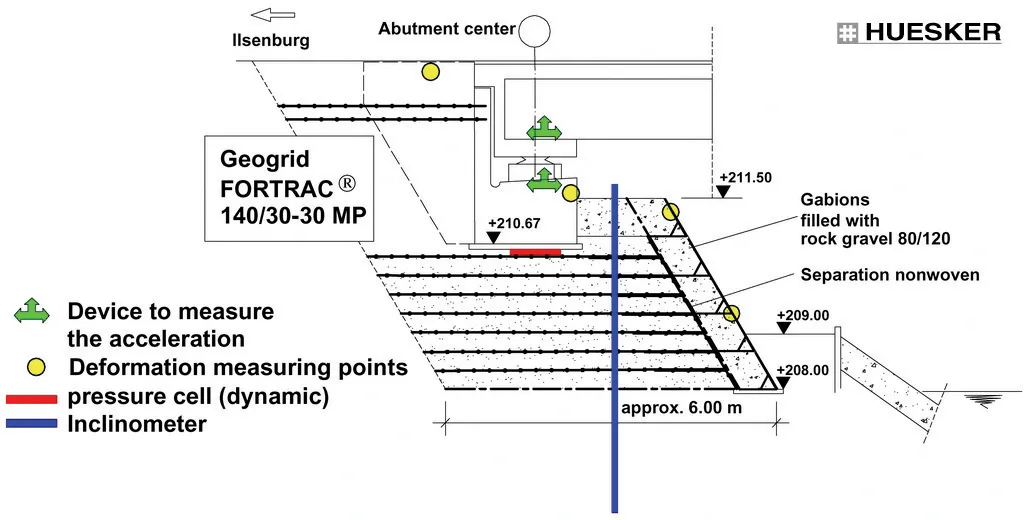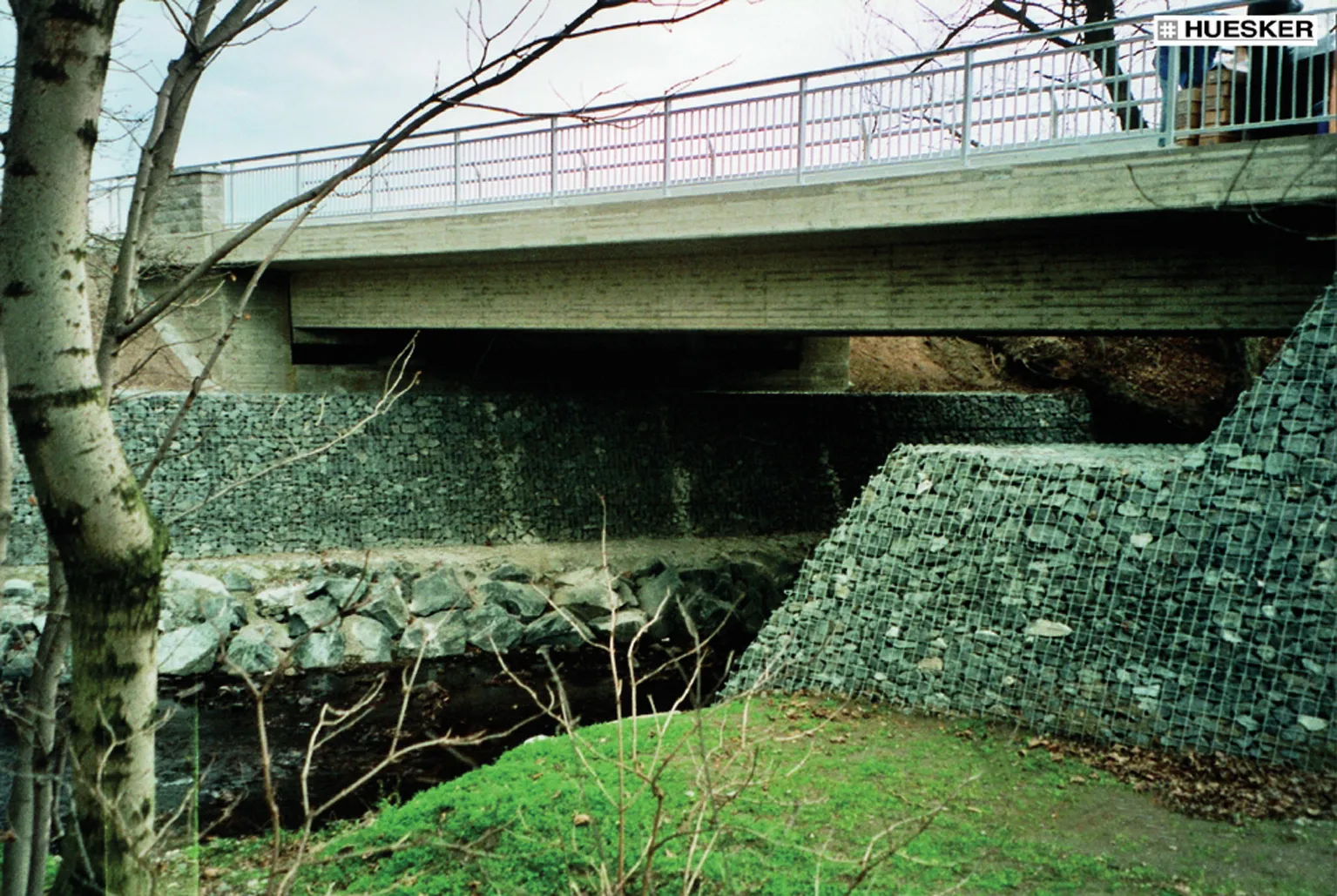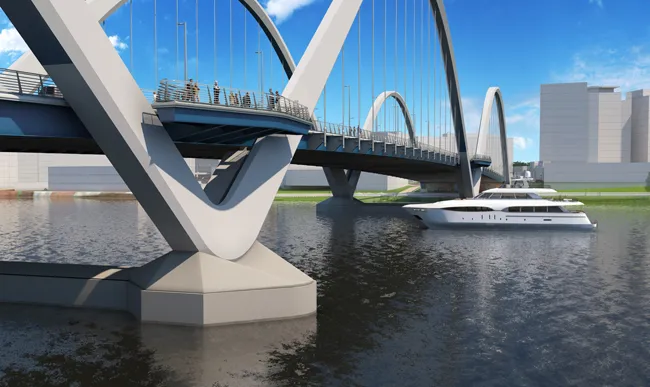The American Composites Manufacturers Association (ACMA) has announced its Awards for composites excellence (ACE) at the COMPOSITES 2010 event. The awards were presented in a number of categories, with two awards gone to composite bridge structures.
February 8, 2012
Read time: 2 mins
The 1505 American Composites Manufacturers Association (ACMA) has announced its Awards for composites excellence (ACE) at the COMPOSITES 2010 event. The awards were presented in a number of categories, with two awards gone to composite bridge structures. The most creative application award was presented to AEWC Advanced Structures & Composites Center, 1507 University of Maine, Orono, Maine, for its Bridge-in-a-Backpack, a hybrid composite-concrete bridge combining the benefits of advanced composite materials and concrete. The concept offers a cost effective, long-lasting, and easy-to-erect bridge technology. This lightweight, corrosion resistant system for short-to-medium-span bridge construction uses FRP composite arch tubes that act as a stay-in-place form, structural reinforcement, and environmental protection for concrete fill. The lightweight arches can be placed quickly by hand. The infinite possibility award was presented to 1509 Harbor Technologies, Brunswick, Maine, for its hybrid composite beam (HCB), a new structural member developed for use as a girder in bridges and other structures. This is comprised of a shell, compression reinforcement and tension reinforcement. The shell consists of a fibre reinforced polymer box beam. The compression reinforcement consists of concrete, pumped into a profiled conduit (generally an arch) within the beam shell, while carbon, glass or steel fibres anchored at the ends of the compression reinforcement provide the tension reinforcement. The HCB combines the strength and stiffness of concrete and steel with the lightweight and corrosion advantages of composite materials.









